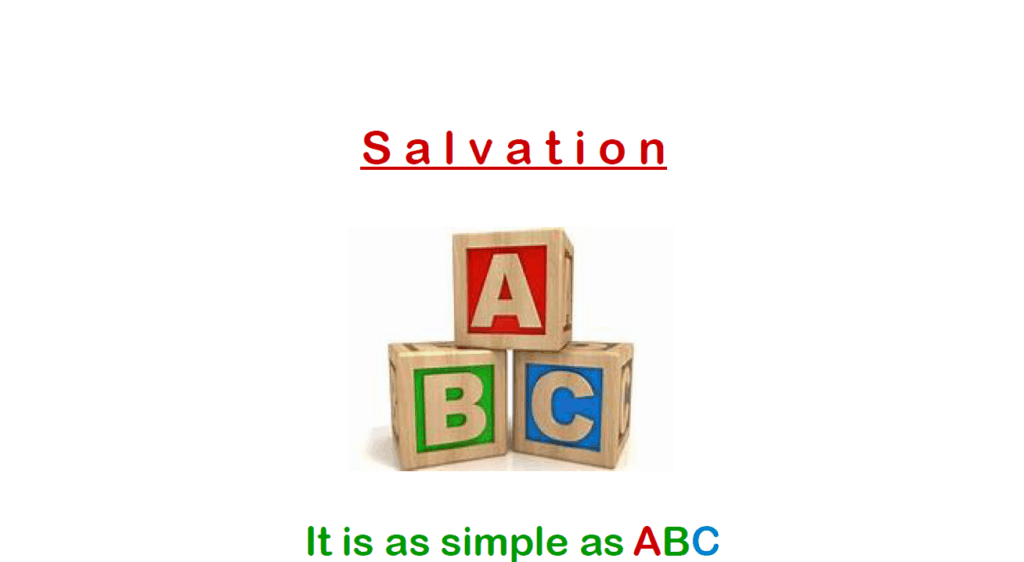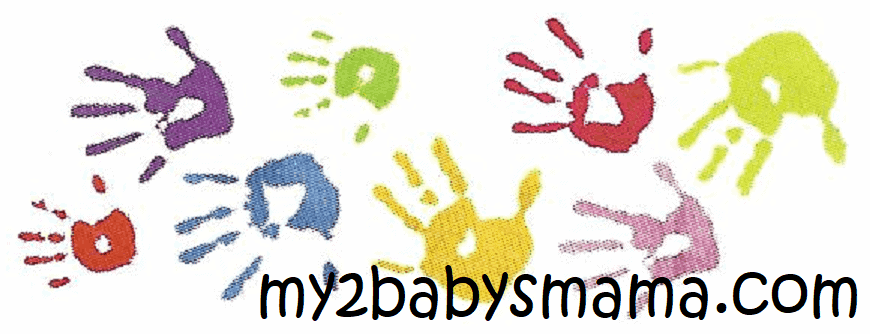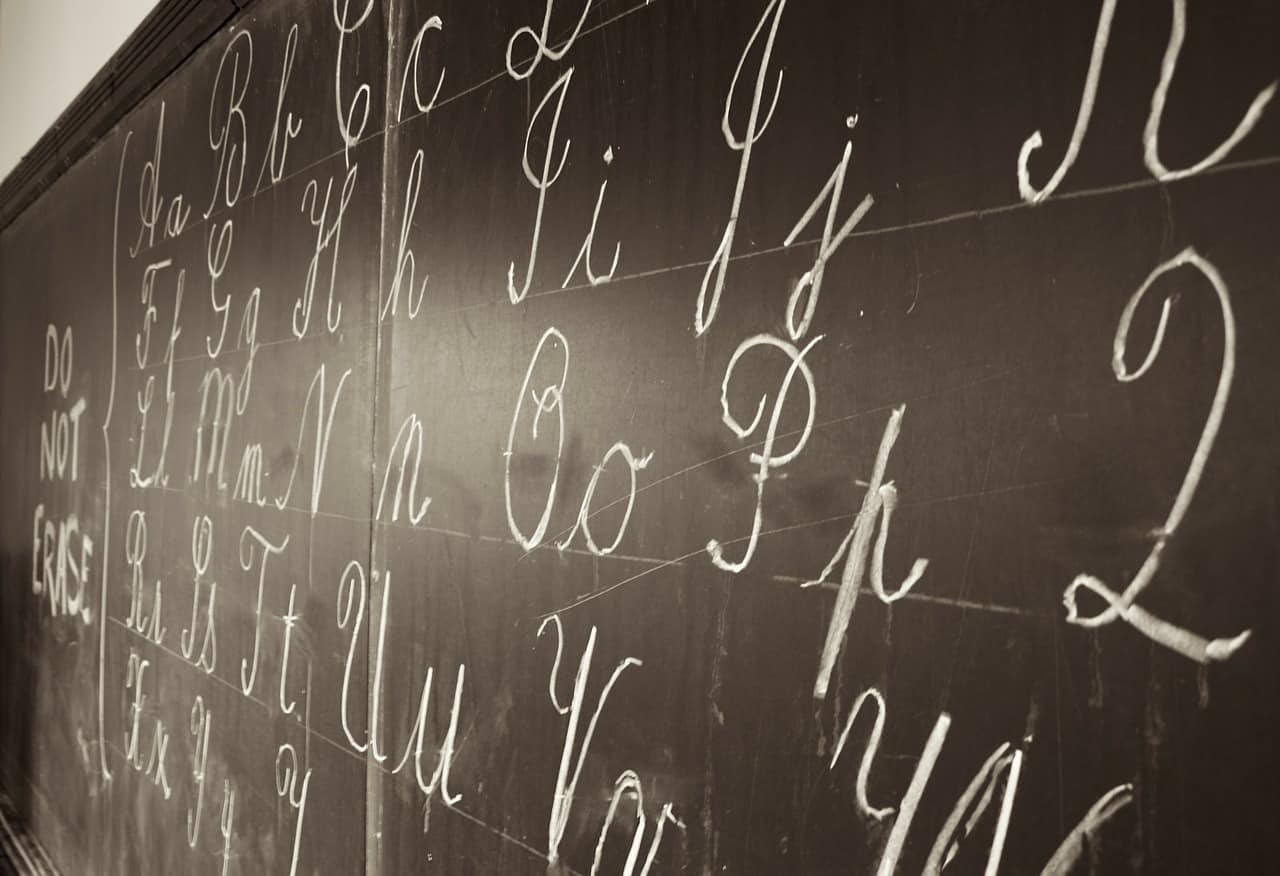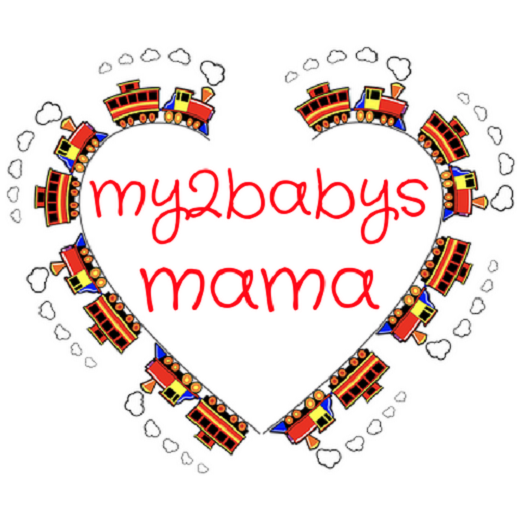Why I am teaching my children to write in cursive
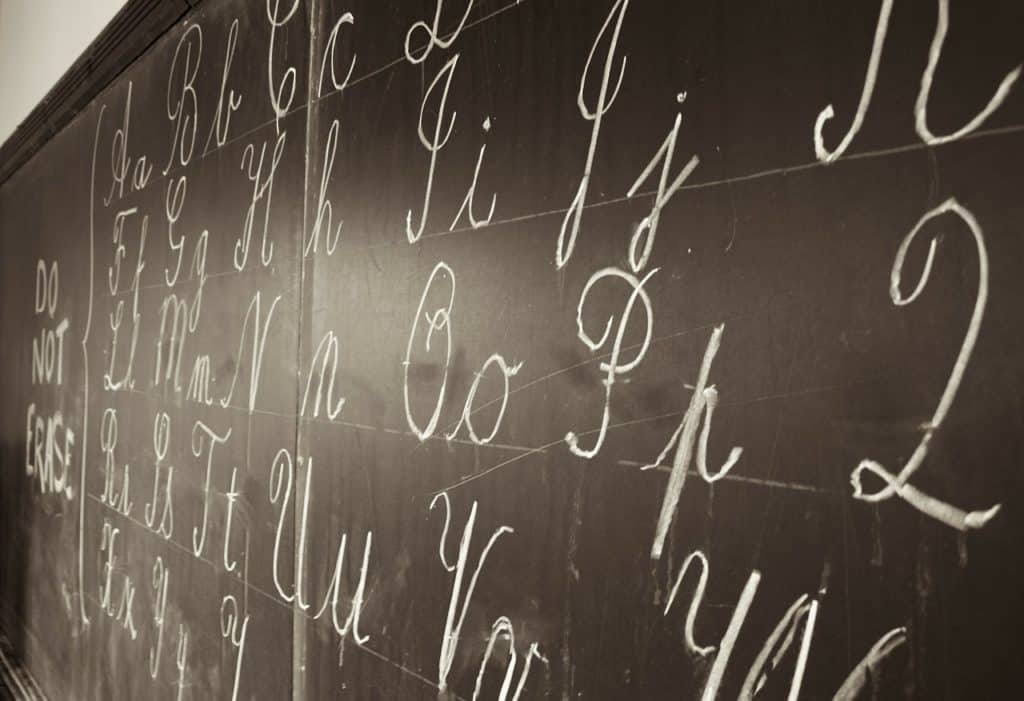
With the advent of typewriters, internet, email, and texting, the need for mechanical writing has lessened considerably. A lot of schools have even given up the teaching of cursive handwriting because they deem it no longer needed. The Common Core curriculum does not require it, and a lot of people believe that learning cursive is a big waste of time.
But I love cursive. I started to learn cursive when I was in third grade. I remember the special pens that we used, the individual letters that we learned, and the beauty of the writing. Now, whenever I write by hand, I write in cursive. To me, it is so much easier to write in cursive than in print. The writing is seamless and it flows almost as fast as my thoughts.
But why should my kids learn how to write in cursive? Should ite go extinct now that we have much more efficient ways of communicating with each other?
Improved fine motor skills
Writing in cursive will increase their fine motor skills. Fine motor skills are the ability to manipulate and control the small muscle movements in the hands. The ability to actually hold onto a pencil or pen and be able to write with it is a skill that develops the fine motor control that is needed for other tasks such as tying shoes, untying knots, and having the ability to use silverware. Cursive writing develops these fine motor skills. The practice of holding a pencil and moving it in a specific formation allows a person to develop the necessary coordination to control those small muscle movements.
Improves the connections in the brain
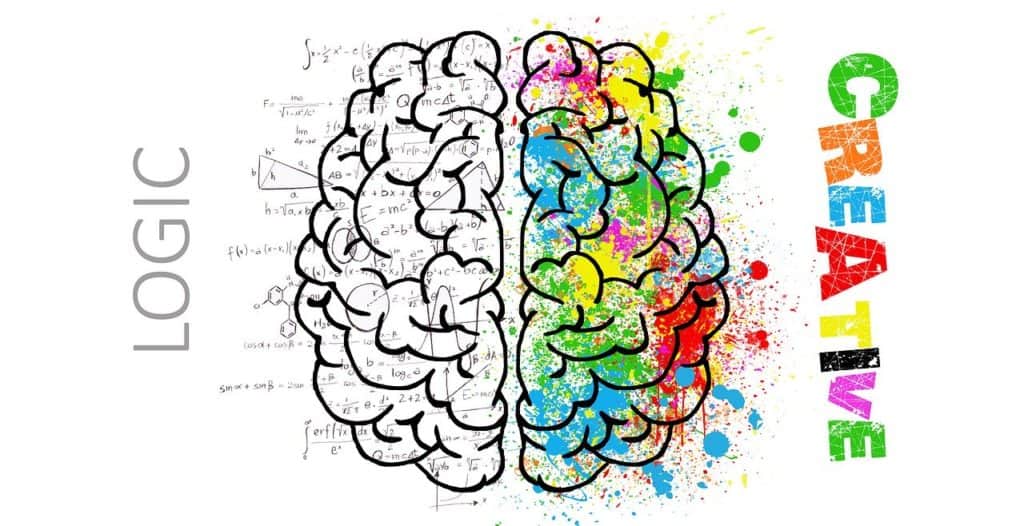
Studies have shown that writing in cursive activates more connections in our brain than typing on the computer. It makes both sides of the brain work together, creating neural pathways between the left and the right hemispheres. Both sides have to work together to process the information and work the muscles in the hand to write the words in sequential order. It stimulates the thinking and language centers in the brain as well as the long term memory. Teaching my children to write in cursive increases their brain capacity, and I firmly believe that if their brains are not growing, the connections that they already have will deteriorate.
Gives them the ability to read cursive
The Declaration of Independence, the US Constitution, and other historical documents are written in cursive. I want my children to be able to read the original most valued documents of our country. I know that some people would argue that the copies of these documents are available online to anyone who wants them. However, online documents can be manipulated, and I believe you make a connection with the documents when you can read the originals. Reading the original documents gives us a link to our heritage that we cannot get anywhere else.
Not only that, but I have stacks of journals that I have written since I was Super Stuffy’s age. All of these journals are written in cursive. I want my children to be able to read these journals for themselves, so that they will know me as I was back then. Learning how to write in cursive will make it easier for them to read that cursive.
Increases memory retention
Writing can be a slow process. When I type out my notes, I can type without thought, just focusing on typing what I am hearing. But when I handwrite my notes, I am forced to process and manipulate the information that I take in so that I can put it into a meaningful format. Because of this need to process, I can remember more of what I wrote by hand than when I type. Processing new information creates new pathways in the brain and allows us to remember more of what we write.
Easier to master than print
Cursive handwriting is much easier to learn than print. When my children started to write, they used scribbles, loops, and circles. Loops and circles are the backbones of cursive letter formation. When I first learned to write in kindergarten, I had to stop using my loops and circles and write using sticks and balls. When I came to learn cursive, it was hard at first because it was so different than print. But after I had learned the cursive, I found it so much easier to use because it flows. Each letter starts at the same place on the line. Cursive follows the natural left to right writing movement. There are only three basic cursive strokes to learn; the under curve, the over curve, and up and down. Cursive also cuts down on the letter reversal with “b’s and d’s” and “p’s and q’s”. With print letters, after each new letter you have to pick up your pen and place it down again. Different letters start at different places on the lines. At first it’s difficult to remember whether the line with the ball goes on the left or the right side.
Aids with legibility, improved spelling, and reading
When you write in cursive, you are writing words instead of letters. As children practice cursive handwriting, the muscle memory in their hands starts to remember certain letter patterns in familiar words. Since the child is moving in a fluid left to right pattern, repeated words and patterns are memorized by the hand muscles. Also, since each letter is connected, the spacing between letters and words is more consistent than with the stop and go motions of print. This makes the writing more legible. With handwriting practice, the child learns the spelling of words used repeatedly as they commit to memory each word before they write it.
Neater signature

Many documents still require a handwritten signature. Picking up registered mail, signing your driver’s license, signing leases, registering to vote, etc. all require your John Hancock to make them legal. I want my children to have a “grown up” signature, not one that looks as if a fourth grader wrote it. That “grown up” signature can only come with practice over time.
Cursive just looks nicer
Cursive contains a beauty that manuscript or typewritten print just doesn’t have. I believe that that is why there are so many different print fonts that we can have access to. Cursive also demonstrates a higher level of intelligence, whether the writer possesses that higher level or not. I know that I would rather have a love note written by my husband that looks like this, than one that looks like this. I would love to be able to write my blog posts in cursive, but I have been told that it is hard to read on the computer screen. But I do try to find beautiful fonts that are softer to the eye than the straight block print. I want my children to be able to use the beauty of cursive if they desire. My mom has the most beautiful handwriting that I have ever seen, and I want to give my children the ability to write just as beautifully.
Writing in cursive demonstrates individuality
Every single person has their own unique style of writing in cursive. Some people write more formally, some people embellish their writing, others follow the writing rules more closely. I tend to be a person who follows the rules, but that is just my personality. My children can express their own personality in their handwriting. Cursive is fluid enough to allow extra movements and creativity while writing. Just take a look at calligraphy, which is still practiced by many people.
Cursive handwriting is more secure
Because no one writes exactly the same, cursive handwriting is more difficult to forge than print. As a result, when you are able to sign your name your signature is more secure than if you could only print it. Anything that you write in cursive bears your individual mark, which makes it more difficult for someone else to duplicate. In teaching my children how to write in cursive, I am giving them the ability to protect themselves and their information from those who might want to steal it from them.
Am I too late?
Even though I have believed these reasons for a long time, I wavered between teaching my kids print and cursive. I did teach them both, but I have not demanded that they write in cursive regularly. They both complain about the physical act of writing and I have not pushed it as much as I should have. But does that mean that it is too late for my kids to learn?
Absolutely not. They already know the basics of cursive handwriting, and since it is easier for me to write in cursive, they have been exposed to reading it often. However, I am going to kill two birds with one stone and require copywork from them. I am going to start with the Ten Commandments. Each day they will be required to write one of the commandments. Short writing assignments will require them to practice their handwriting. But the daily exposure to quality writing will also serve to practice spelling, reading, grammar, and familiarity with quality writing. This in turn will, over time, encourage their own creative writing skills.
What do you think? Are you requiring that your children learn how to write in cursive? Please respond below.
Additional resources:
https://www.memoriapress.com/articles/top-10-reasons-to-learn-cursive/
https://time.com/2820780/five-reasons-kids-should-still-learn-cursive-writing/
